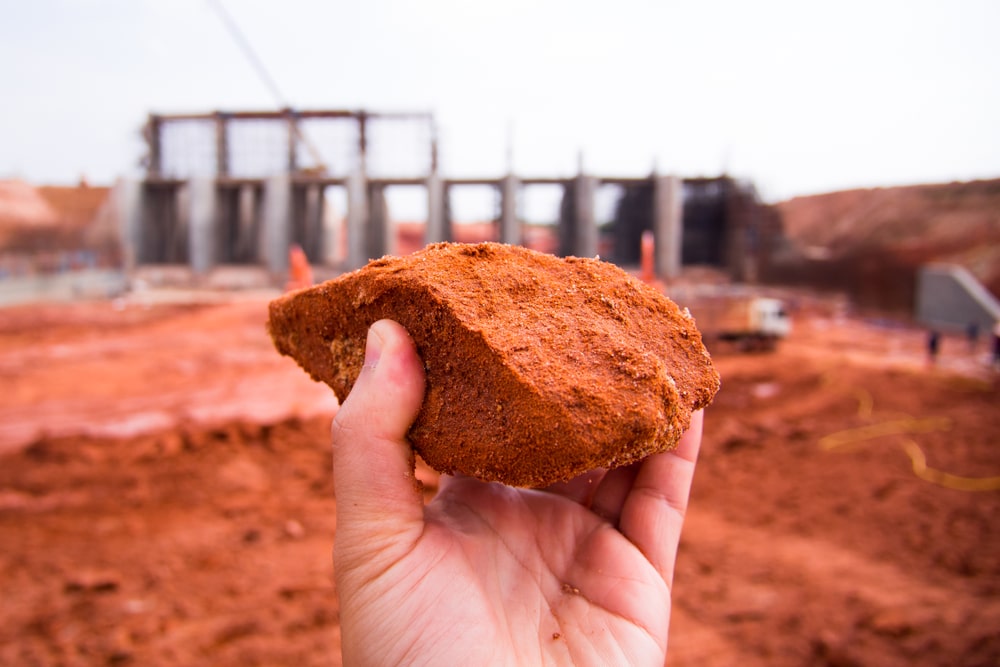Comprehensive Geotechnical Works to Guarantee Website Stability
Comprehensive Geotechnical Works to Guarantee Website Stability
Blog Article
Just How Consulting Engineers Enhance Geotechnical Engineering Projects: Insights Into Their Know-how, Methodologies, and Collaborative Approaches
Consulting engineers are crucial in boosting geotechnical design tasks, applying their specialized expertise to browse the intricacies of subsurface conditions. Their methodologies incorporate a variety of site examination techniques, consisting of Requirement Infiltration Examinations (SPT) and Cone Infiltration Examinations (CPT), which notify essential choices throughout the layout and construction stages. Their joint techniques foster communication amongst varied project stakeholders, eventually shaping the task's trajectory. As we analyze the diverse duties these specialists play, it comes to be clear that their contributions prolong beyond technical knowledge, triggering a closer take a look at the implications for task success.
Duty of Consulting Engineers
The know-how of getting in touch with engineers in geotechnical engineering is basic to the effective implementation of building and construction jobs. These professionals play a pivotal role in examining dirt and rock buildings, which are important factors affecting design and building choices. By performing detailed site examinations, consulting designers gather necessary data that notifies the layout process, ensuring tasks are built on stable and appropriate ground.
Consulting designers likewise supply vital understandings into risk monitoring (geotechnical geologist). They recognize possible geotechnical risks, such as landslides, soil liquefaction, and negotiation concerns, enabling stakeholders to implement efficient reduction methods. Their knowledge help in maximizing foundation designs, which can bring about considerable cost savings and improved security
Furthermore, seeking advice from engineers serve as an essential web link between job proprietors, architects, and specialists. Their ability to convert complex geotechnical information right into actionable recommendations fosters collaboration and assists in informed decision-making throughout the task lifecycle. This multidisciplinary strategy not just boosts project effectiveness however also ensures compliance with regulatory standards and ideal methods.
Trick Methods in Geotechnical Design

One primary methodology is website examination, which entails performing field tests and research laboratory evaluations to gather data on subsurface problems. Strategies such as Standard Penetration Screening (SPT) and Cone Penetration Testing (CPT) are widely utilized to assess dirt stratigraphy and toughness. Additionally, geophysical techniques, consisting of seismic and electric resistivity studies, supply non-invasive methods to assess subsurface attributes.
An additional important method is mathematical modeling, which makes it possible for engineers to simulate numerous circumstances and anticipate just how soil-structure interactions will act under various loading problems. Finite Aspect Analysis (FEA) is a common strategy used in this context.
Furthermore, the design of foundations, keeping structures, and earthworks depends greatly on these techniques - geotechnical geologist. By incorporating sophisticated logical tools with field information, consulting engineers can establish tailored services that deal with particular job obstacles, inevitably adding to the security and safety of building tasks
Relevance of Dirt Evaluation
Soil analysis acts as a fundamental aspect in geotechnical design, offering vital insights right into the physical and chemical residential properties of dirt needed for effective construction planning. Recognizing soil attributes is crucial for establishing its load-bearing capability, water drainage habits, and capacity for settlement or instability. Comprehensive soil examinations, consisting of sampling and laboratory testing, help determine criteria such as dirt type, moisture content, thickness, and shear stamina.
These analyses educate the selection of ideal building methods and materials, inevitably influencing project safety and long life. For example, natural soils may need various foundation styles contrasted to granular soils, demanding customized engineering solutions. Soil analysis aids in determining pollutants that can present threats to human health and wellness or the environment, enabling for the development of reduction methods.
Integrating soil analysis into the onset of task development helps to decrease unpredicted obstacles, ensuring that designers can anticipate and attend to prospective problems before they intensify. By establishing a detailed understanding of the website problems, speaking with designers can enhance layout performance and decrease prices, consequently enhancing the overall success of geotechnical engineering jobs.
Collaborative Approaches in Projects
Effective geotechnical projects typically depend upon joint techniques that combine diverse experience from numerous techniques. Efficient collaboration among consulting engineers, geologists, environmental researchers, and building specialists is critical for attending to complicated difficulties and optimizing project outcomes. By leveraging the distinct abilities and expertise of each employee, jobs can profit from an all natural understanding of the site problems, regulative demands, my website and design restrictions.
Regular interaction and interdisciplinary meetings facilitate the sharing of understandings and promote a culture of teamwork. These collective efforts make it possible for the recognition of possible threats early in the job lifecycle, enabling for timely reduction techniques. Integrating feedback from stakeholders, including regional neighborhoods and regulative firms, makes certain that all point of views are considered, enhancing job acceptance and conformity.
Furthermore, the integration of advanced modern technologies, such as Geographic Information Equipment (GIS) and Building Information Modeling (BIM), more boosts cooperation. These tools permit for the real-time sharing of data and visualization of geotechnical problems, advertising educated decision-making. Inevitably, a collective method not just improves job execution but also lays the foundation for innovative solutions to complex geotechnical design challenges.
Effect on Job Outcomes

Consulting designers employ sophisticated methodologies such as danger analysis and anticipating modeling, which improve the accuracy of job projections. Their capacity to integrate innovative modern technologies, like geotechnical instrumentation and data analytics, even more fine-tunes the design and building procedures. As an outcome, tasks experience enhanced effectiveness, lowered expenses, and lessened hold-ups.
Moreover, cultivating effective interaction and partnership amongst employee improves analytical capabilities. When obstacles arise, a joined front enables for swift recognition of solutions, preventing prospective setbacks. Inevitably, the collaborative efforts of getting in touch with designers contribute to greater high find out here quality results, ensuring that projects meet visit this page both regulative requirements and client assumptions.
Verdict

Report this page